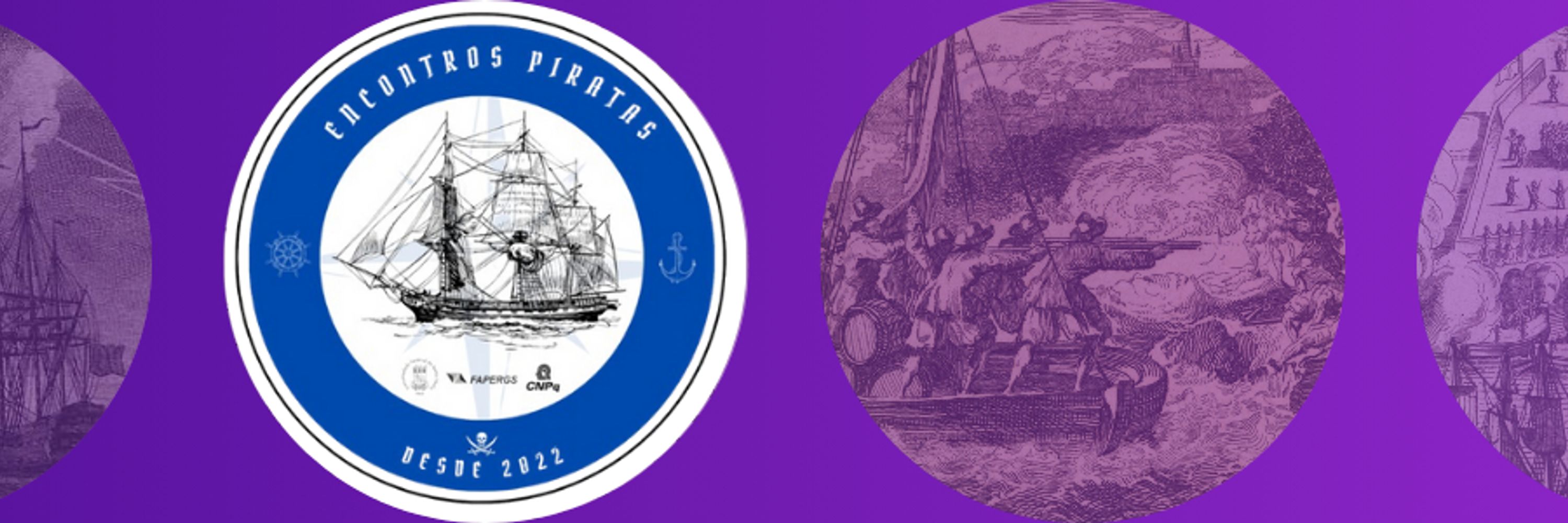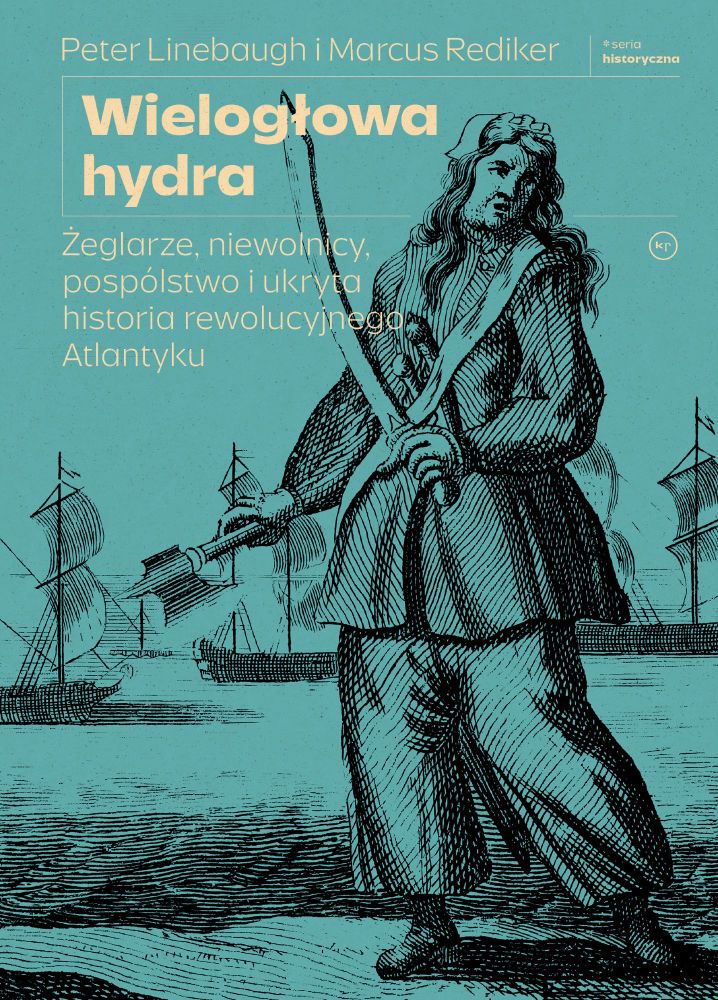Hybridity in Privateering- Pt 1 - Filling the Magazine - Global Maritime History
Thank you to Decklan Wilkerson for this post, the first of a new series. Decklan Wilkerson is a graduate of James Madison University’s history graduate program. Having specialized in studies pertaining to unconventional warfare in his undergrad, he applied that knowledge in his thesis “Raising the Grey Flag: Privateering as a Form of Warfare between the Years of 1775 to 1815”. He asked the question of whether or not the mass usage of privateering was itself a naval strategy that shared links with modern hybrid warfare and if the role of privateers has simply been replaced by more modern avenues. With a wealth of background in unconventional warfare, he was able to draw on past experience in analyzing privateering under a new light. With a mixture of careful analysis and a penchant for vignetting, the thesis won the Carlton B. Smith award for best thesis that year. He also capped off his graduate career with multiple large scale projects, such as assissting with the Histories Along the Blue Ridge project. During said project, he digitized, indexed, and created metadata for the entirety of the Augusta Country Newspaper collection. Along side that, he has been actively engaged with multiple museums in the Shenandoah Valley of Virginia. While much of what he has done has been proposal writing and research, there are a few exhibits that he has helped to produce, such as a digital one on the changes in the Virginia constitution named “State of Change”. Looking to the future, he intends to attend a PhD program in the United Kingdom as he attempts to flesh out what British privateers were up to during the American Revolution. By doing so, he hopes to fill a hole in the american-centric histography of privateering during the Revolutionary War. Once that is done, he intends to have the entirety of his findings published in a book. Introduction The historiography surrounding American privateers has fluctuated quite a bit between the 20th and 21st centuries. One of the earliest works arguing the importance of American privateers during the Revolutionary War and War of 1812 was A History of American Privateers, written by Edgar Maclay in 1899. Maclay argued that furnishing the history of the US Navy without a full record of privateering would create an incomplete story. Indeed, he did excellent work at the time, assembling the data and stories of privateers that were scattered all over. Specifically, he was able to provide data pertaining to the number of American privateer vessels and their total amount of guns compared to that of the Continental Navy during the American Revolution. That does not mean it is a complete or full set of information, as the number of private vessels can be a difficult thing to tack down when it comes to the American Revolution as compared to the War of 1812’s centralized sources like Niles Weekly Register. He was even so bold at times to suggest that American privateers were the “predominating feature of our early sea power.” Scholars would take his argument rather seriously, with Nathan Miller incorporating privateers into his grand 1927 book, The U.S. Navy: a History. Yet, there seems to have been a bit of a lull for many decades, with the discussion of privateers seemingly being kept to their relationship with great men like George Washington and Benjamin Franklin. That is not to say the works done during this time are not helpful to the field, as Willian Clark’s contribution to the story of Benjamin Franklin’s privateers cannot be understated. It would not be until the late 2010s that the topic of privateers would be reinvigorated and not be seen as “simply a sideshow to the exploits of the Continental Navy.” New works once again delve into the topic of privateering, analyzing its contribution to the American way of war. Many have questioned the idea of it simply being legalized piracy and, instead, have explored the often-mixed motivations of American privateers. Scholars like Eric Dolin and Anthony Green would come across very similar findings about the subjects of effectiveness and motivation in their works on the Revolutionary War and the War of 1812. For instance, both found a mixture of two motivations for privateers: economic gain and patriotism. Alongside this return to the examination of privateering came some mixing of newer military theories, with recent scholars like Kenneth Moss making mention of the crossover between privateers and hybrid warfare in Marque and Reprisal’s concluding remarks. There are still a few critical questions surrounding American privateers, though. When it comes to detailing the true extent of privateers’ contribution to the Revolutionary War, the focus has primarily focused on economic damage and gain dealt by privateers. This has almost always utilized monetary amounts rather than direct products, as the total monetary amount can be calculated or found in sources much more easily. Looking to petitions, letters, or newspapers can often give a monetary amount, but to judge the total of a specific product that American privateers captured during the revolution has often been something few have attempted. This not only applies to privateers but to other areas of scholarship like American merchants and gunpowder. Even Brian DeLay, in “The Arms Trade and American Revolutions,” argues that the dependence of the Continental Army on foreign arms trade mostly relies on monetary evaluations of arms and powder sent to the rebels. Mentions of war goods brought in by privateers almost always rely on specific “windfalls,” such as the taking of the British supply ship Nancy. As such, there is still a key question of the amount of important goods, such as gunpowder, that American privateers captured during the Revolutionary War. This series of articles seeks to explore many of the avenues other scholars have yet to delve into. For one, a deep dive into privateering utilizing the new theories of hybrid warfare and the grey zone has yet to be undertaken. Alongside that, few have been bold enough to differentiate the mass usage of privateers as its […]



























